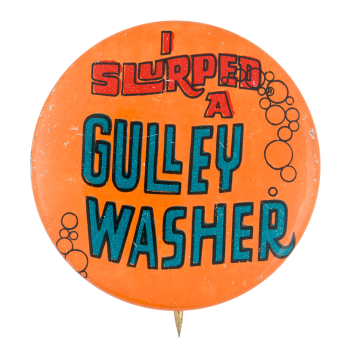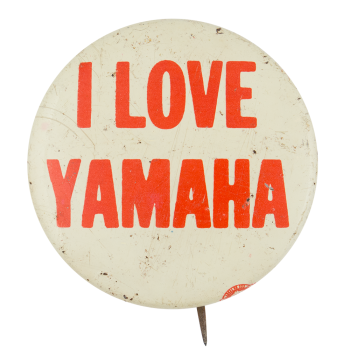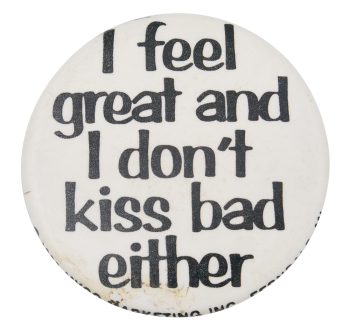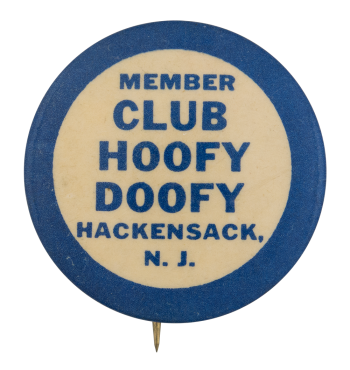Slurpee Gulley Washer
| Category | |
|---|---|
| Additional Images | |
| Sub Categories | |
| Text on Button | I SLURPED A GULLEY WASHER |
| Image Description | Bubbles on the top right and bottom left of the button. The top text is red and the product name text is blue. The background is orange. |
| Curl Text | 241-L |
| Back Style | |
| The Shape | |
| The Size | |
| Additional Information | Slurpees were first introduced in 1967 when 7-Eleven stores licensed the name and product with The Icee Company. Slushed ice drinks were invented accidentally when Omar Knedlik, in the late 1950s, had a soda machine that broke down. Omar put his soda into the freezer to keep it cold and the beverages became slushy. So many people enjoyed the slushed soda that Omar created a machine that could intentionally make slushy drinks. The machine was initially located behind the counter of stores, but now customers can serve themselves with individual spouts for each flavor. New Slurpee flavors are introduced on a regular basis, but with much less frequency than in the 1970s. Buttons were issued for free as promotions, in the summers of 1969 and 1970, when customers bought a Slurpee. The Gulley Washer flavor was recently revived by Slurpee. |
| Catalog ID | AD0337 |
























